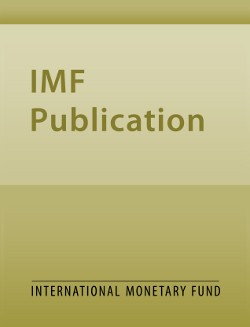
The Impact of Temperature and Rainfall Volatility on Food Prices—Evidence for Uganda
The Impact of Temperature and Rainfall Volatility on Food Prices—Evidence for Uganda
READ MORE...
Volume/Issue:
Volume 2025
Issue 244
Publication date: November 2025
ISBN: 9798229032117
$20.00
Add to Cart by clicking price of the language and format you'd like to purchase
Available Languages and Formats
| English |
Prices in red indicate formats that are not yet available but are forthcoming.
Topics covered in this book
This title contains information about the following subjects.
Click on a subject if you would like to see other titles with the same subjects.
Inflation , food prices , weather , earth-observation data , machine learning
Summary
While Uganda has been exposed to an increase in the frequency of extreme weather events— most commonly localised flooding, leeching and mudslides associated with increased intensity of rainfall – changes in the aggregate level patterns of rainfall and temperature have been relatively modest and have evolved relatively slowly. As a consequence, it is unsurprising that conventionally measured weather variation appears to have a modest impact on food prices at the aggregate level. Instead, this paper uses highly granular earth-observation weather data in combination with spatially disaggregated price data to examine the impact of spatial and temporal variability in rainfall and temperature on the short-run price dynamics of domestically produced staple food crops in Uganda. We find that measures of weather variability computed across the agricultural cycle do impact the evolution of prices for locally-produced agricultural commodities, but the estimated effects are fragile and relatively small. Hence, a failure to reflect these effects in near-term forecasting to inform inflation models is unlikely to lead to significantly larger forecast errors.
Copyright © 2010 - 2025
Powered by:
AIDC



